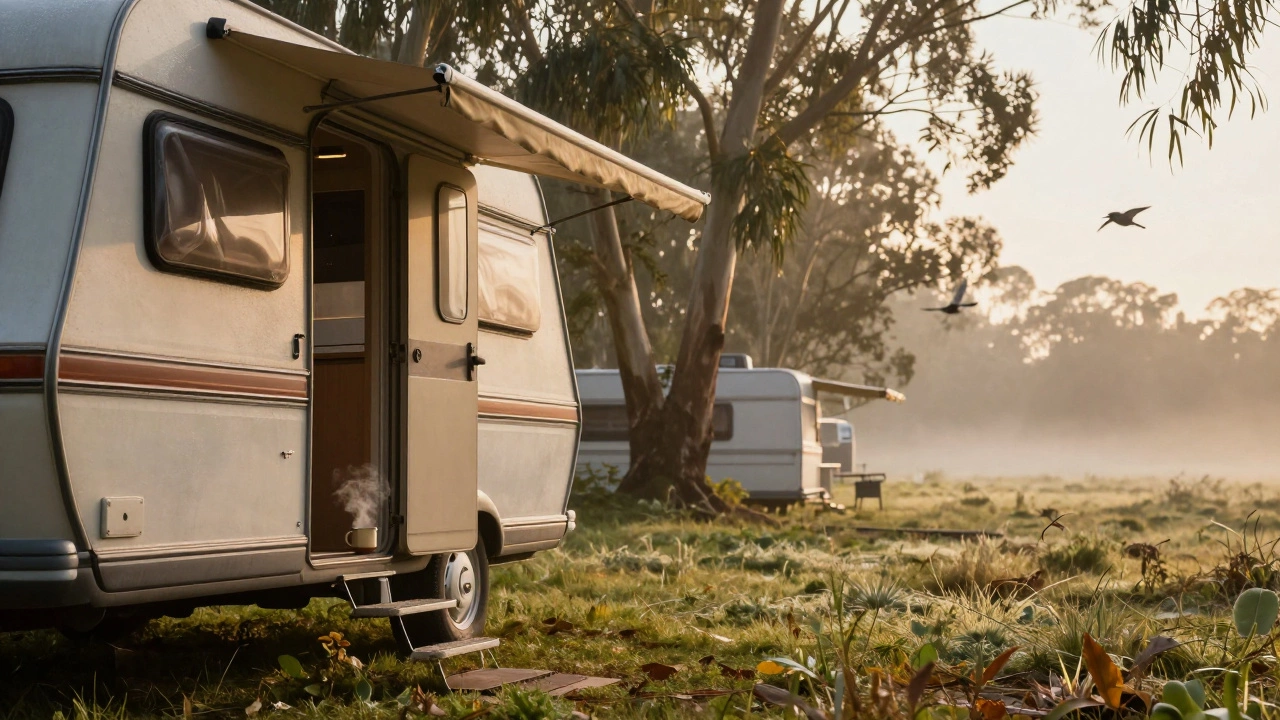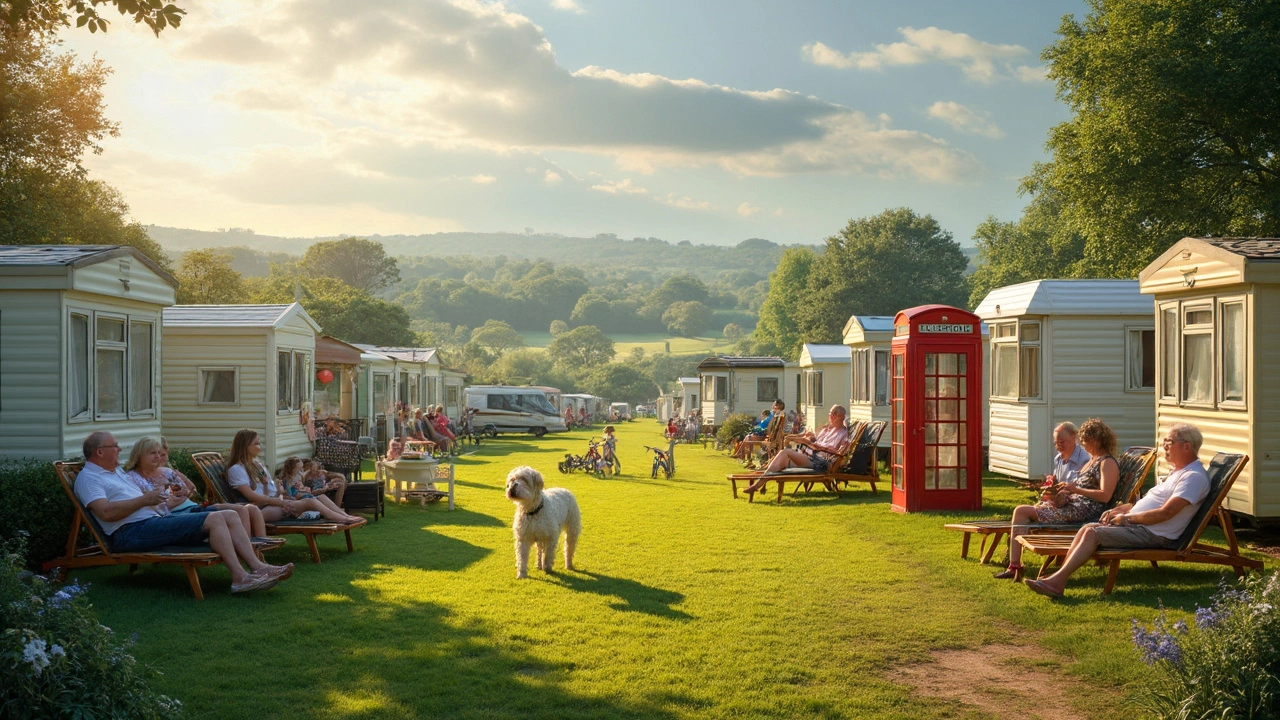Caravan Parks – Your Quick Guide to Perfect Stays
If you’re planning a motorhome holiday, the first thing you need to know is where you’ll park for the night. Caravan parks are the go‑to spots for a safe, comfortable base, whether you’re on a weekend break or a months‑long road‑trip. Below you’ll find the basics you need right now – how long you can stay, what the parks call your vehicle in different countries, and the real upsides and downsides of living in a caravan.
How Long Can You Stay in a Caravan Park?
Most parks in the UK let you stay up to 28 days in a row. Anything longer usually requires a special agreement or a different type of park, like a residential site. Check the park’s policy before you book – some will let you extend with a weekly fee, others will ask you to move on after a month. Knowing the exact limits helps you avoid surprise fees and keeps your trip on track.
If you’re thinking about a long‑term stay, look for parks that market themselves as “residential” or “seasonal.” These often have utilities hooked up, quieter neighborhoods, and discounts for weekly or monthly payments. A quick call to the site manager can reveal hidden options that aren’t listed on the website.
What Do They Call a Caravan in America?
Crossing the pond? In the U.S., a caravan is usually called an RV or a trailer. The same vehicle can be labeled “motorhome,” “travel trailer,” or “camper van” depending on its size and features. When you pull up at an American park, the staff will likely ask for your “RV type” and may have different hookup standards for water, electricity, and waste.
Because of this terminology gap, it’s worth packing a small cheat‑sheet with the U.S. names and the hookups you need. Most major parks have clear signs and staff who can guide you, but a quick email ahead of time saves you the hassle of guessing where to park.
Knowing the local lingo also helps you read online reviews correctly. A “5‑star RV park” in the States might be a “5‑star caravan park” here – both refer to the same level of service, just different words.
The Real Deal: Pros and Cons of Caravan Living
Living in a caravan feels like a permanent holiday, but it’s not all sunshine. The biggest advantage is flexibility – you can chase festivals, beaches, or mountains without booking a hotel. You also save money on accommodation costs over time, especially if you find a long‑term site with reduced rates.
On the downside, space is tight. You’ll need to get creative with storage and accept that you won’t have a dedicated office or a full kitchen. Weather can be a challenge too; a good heating system and proper insulation become essential in winter. Maintenance is another factor – you’re responsible for everything from tyre pressure to sewage pump checks.
Before you decide on a full‑time caravan lifestyle, weigh these points against your budget and travel style. If you love exploring new places every few weeks and can handle a bit of DIY, the caravan life can be a great fit.
Ready to pick a park? Use our filter on the site to sort by location, length of stay, and amenities. Remember to read recent reviews – they often mention hidden fees or helpful staff. With the right park, your motorhome adventure will be smooth, affordable, and full of memories.
What Do You Do at a Caravan Park? A Real Guide to Daily Life on Site
Discover what daily life is really like at a caravan park-from morning coffee to shared barbecues, quiet walks, and the unexpected friendships that form. It’s not just a place to sleep-it’s a reset.
Longest You Can Stay in a Caravan Park: What to Know
Ever wondered how long you can actually stay in a caravan park? This article breaks down the rules and real-life limits for extended stays. We’ll look at different park policies, local laws, and how to tell if a park is suited for full-time or just holiday visits. You'll also find tips for finding the best long-term spots and avoiding common headaches. Whether you're road tripping for months or searching for a temporary home, you'll get answers you can actually use.
What is a Caravan Called in America? Understanding the Lingo
In America, caravans are typically referred to as RVs or trailers. Navigating the world of caravans in the U.S. can be a bit tricky with the local terminology. This article will explore the differences and tips on what to expect at American caravan parks. Understanding these terms ensures a smoother journey for those venturing with their mobile homes.
Disadvantages of Living in a Caravan You Should Know
Living in a caravan can sound adventurous and freeing, but it comes with its share of challenges. Limited space, lack of privacy, and maintenance issues are just a few hurdles residents often face. Additionally, the lifestyle might involve dealing with fluctuating weather conditions and unstable living costs. Understanding these factors can help make an informed decision about embracing this lifestyle.



